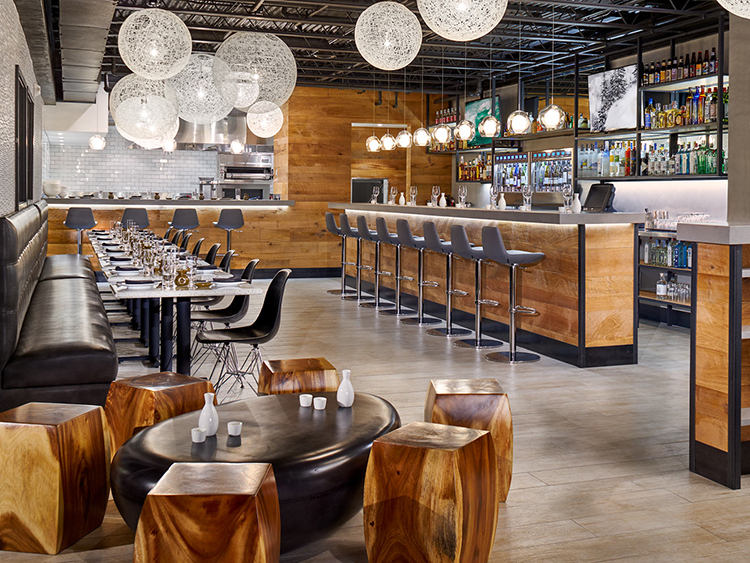
Photo by Wineemotion USA
Whether you’re a wine explorer, newcomer, or enthusiast, there is nothing better than the right bottle or glass of wine to pair with a great meal at your favorite restaurant.
However, restaurants often miss out on opportunities to dazzle guests with the right selection of wine and squander the chance to capitalize on this profitable revenue stream.
Restaurants with a wine list, more often than not, fail to leverage that list to its full earning potential.
Keep reading to learn about how your establishment can design a successful wine program that generates profits and keeps your guest satisfaction high and coming back time after time.
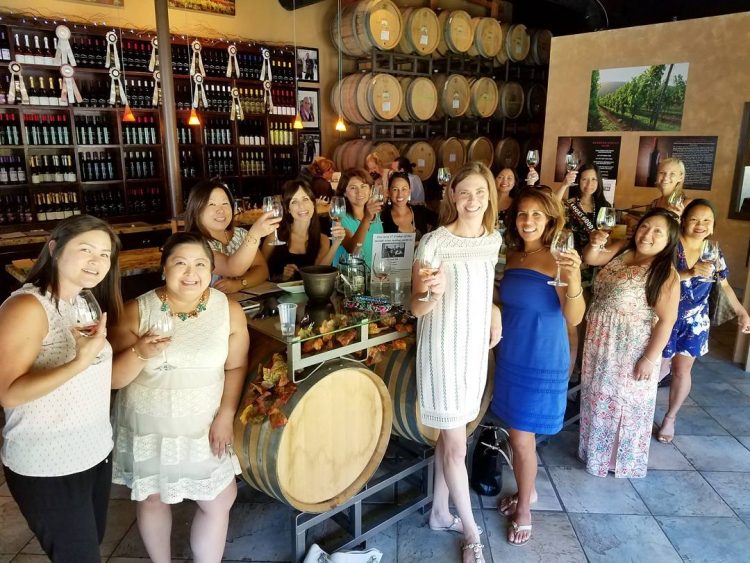
Photo by Wineemotion USA
You can’t manage what you don’t measure.
When managing a restaurant or bar, maintaining a successful wine program is critical to maximizing revenue. The better you understand the numbers being generated from your wine program, the better equipped you will be to create a successful program.
With all of the available technology today, restaurants are quickly amassing data. Too many restaurants, however, are not leveraging the power of this data. Either they are too busy or they assume the analysis will be too complex. To make the process more manageable, remember to:
When that data is utilized properly and the right metrics are identified, you can uncover trends in your wine business. The right metrics enable the data to act like a compass and let you know if you are heading in the right direction. It can also highlight where you must make different decisions.
Well-designed metrics can also inspire constructive dialogue among those making decisions about the wine business and encourage them to challenge stale assumptions.
The first step is to identify which metrics are important:
It’s very likely that once you begin organizing your data in this way, you’ll see that sales, especially by-the-glass (BTG) sales, are 80/20. 80% of the wine sold is coming from 20% of your offerings. You might only be selling a one or two glasses of Red Zinfandel but your most popular Pinot Noir has strong sales. Uncovering a trend like this, you know that adding a slightly higher priced Pinot Noir to your BTG menu is likely to be a profitable decision.
When you find the right information and present it in a clear format, you get to know your clientele better. You understand what they want and what they will pay for. From there, you can make better decisions and act on this information to improve your restaurant’s performance.
Of course, the same holds true for by-the-bottle (BTB) sales. Analyzing those numbers will uncover trends about BTB sales, but you will also begin to notice correlations between BTB and BTG sales.
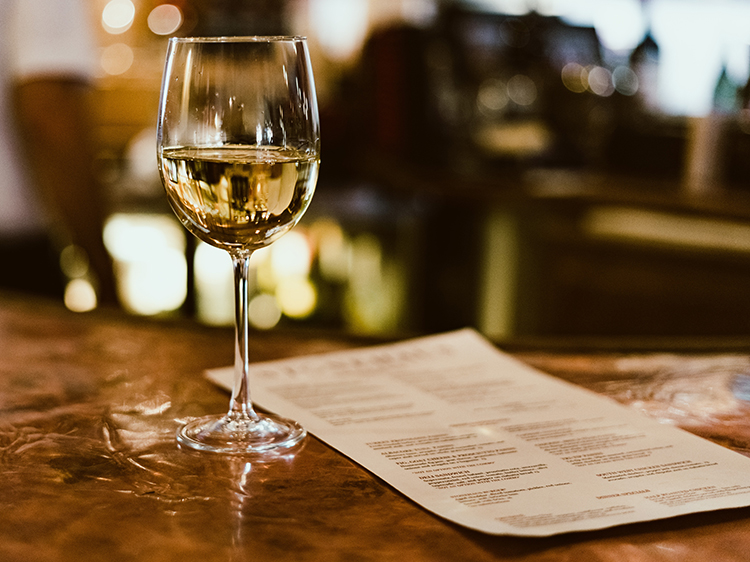
Now it’s time to use those insights and put them to work for you. This will help significantly with the next step - getting the product mix right.
When it comes to your BTG program, the only wines appearing on your list should be those that you are very confident about selling.
At the very least, every BTG program will have 1 house white and 1 house red. But more often, in order to provide a variety of price points, BTG programs will offer 2 reds and 2 whites or even 4 and 4 or 6 and 6.
12 is the number of BTG offerings where restaurants typically find a profitability ceiling. Offering 12+ wines does, however, provide a significant amount of flexibility. The restaurant can offer a combination of reds, whites and sparklings at a variety of different price points.
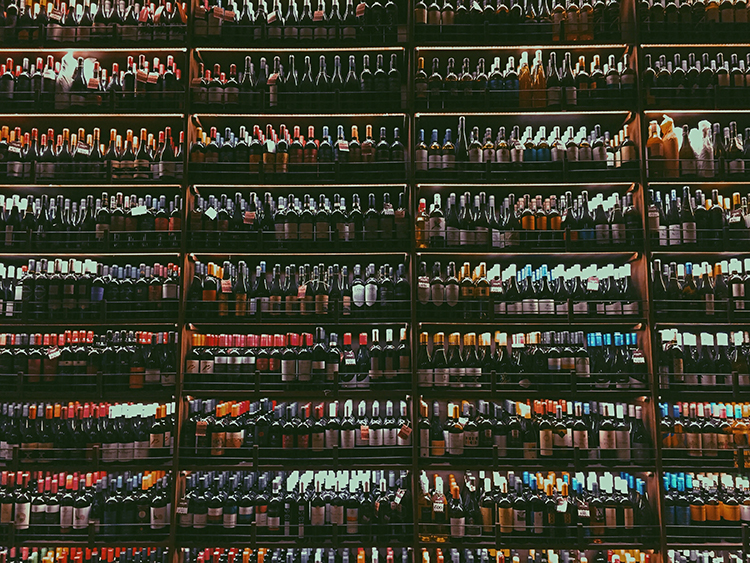
An additional consideration when it comes to product mix is seasonal rotation.
Keeping the list fresh for both BTB and BTG programs means introducing new wines and retiring old ones. Most restaurants rotate their lists once every 6 months. Wine bars tend to rotate more often sometimes every 3 months.
The number of wines on your menu should be given careful consideration. And when it comes to deciding which wines stay and which wines go, the data we discussed earlier should play a significant part in making these decisions.
After determining how many wines will be on your lists, the next step is finding new additions. As you research different wine options:
Volume discounts are often available when ordering a fixed number of cases. You can usually choose immediate or staggered delivery. Scope discounts are generally offered when you place an order for more than 4 different wines.
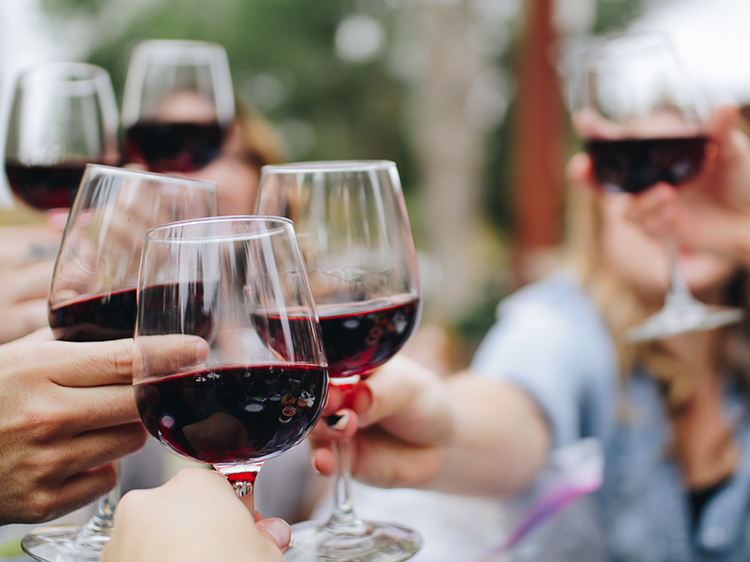
Photo by Kelsey Knight on Unsplash
After determining which wines will be on the list, the next step is to properly price them.
The right pricing strategy for your wine list is critical, not only for profitability, but for the long-term success of your restaurant. It’s important to get the pricing right because if the wine is priced too high, it won’t sell enough and if others are priced too low, you won’t sell enough high-margin varietals.
The general industry standard is to offer 1-2 red wines and white wines at lower price points. From there, you should offer 1 or 2 of each at mid-range price points. The decision to add a third, higher price point offering should be driven by what you know about your clientele.
Understanding their preferences based on a variety of factors like geographic location, for example, is critical. Restaurants in metropolitan locations or wine country are always going to have higher price point offerings.
Your reputation and brand will also greatly influence your pricing strategy. Restaurants that on the more casual side will be limited when it comes to how much you can reasonably charge.
There are many industry benchmarks for pricing. The average BTG price range can be anywhere from $8 to $15 per glass. To determine the optimal price for your business, consider these industry standards:
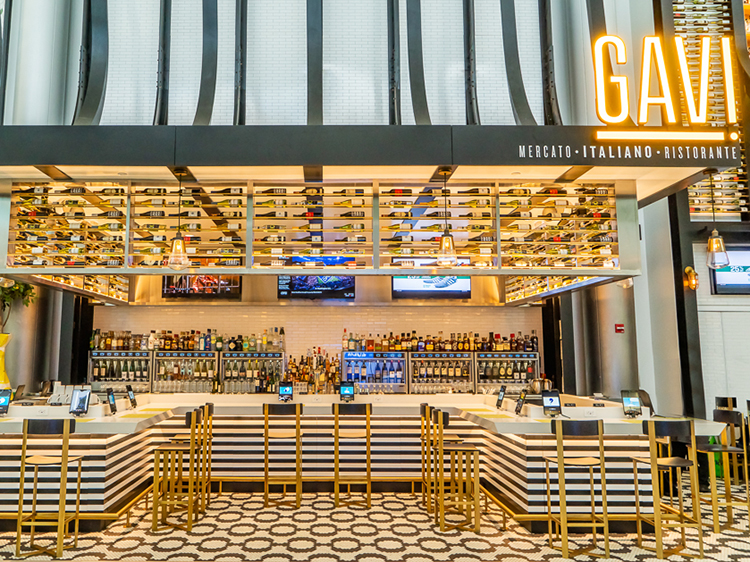
Photo by Wineemotion USA
Passionate and wine savvy customers are always looking for the latest trends in the wine world. New tools and equipment like wine dispensers made to preserve, cool and pour wines straight from the bottle to the glass are revolutionizing the industry with automation.
Upon opening a bottle of wine, you know that the oxidation process starts right away and can change the flavor of the wine quite rapidly. Without a focus on wine preservation, this issue can quickly eat into your profits. Wineemotion wine dispensing systems solve this problem by preserving the wine taste and aroma for up to 30 days - transforming waste into profits.
The benefits of an automatic Wineemotion wine dispenser enables your business to:
With the option for self-service, wine dispensers are also garnering a lot of attention during a time when customers are seeking to limit contact with servers.
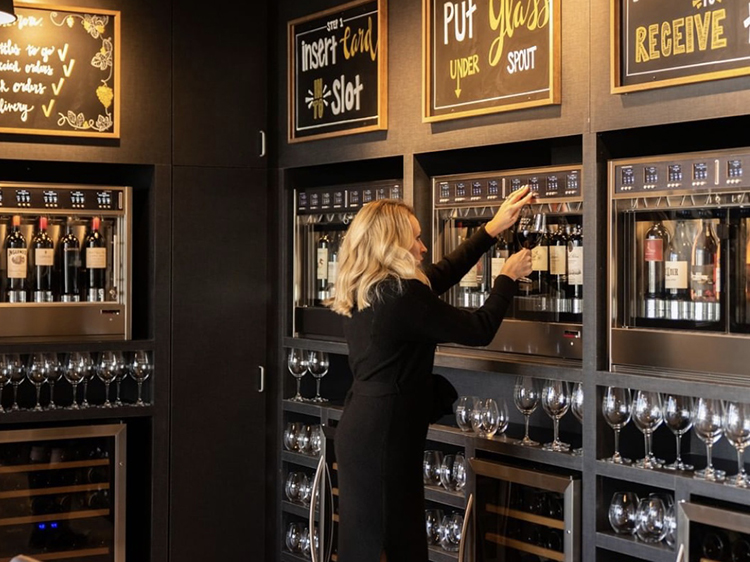
Photo by Wineemotion USA
Once you decide how to position your wine business for success, the final step is ensuring that your staff is in the loop and well versed about any changes taking place.
Some restaurants choose to provide a tasting for the staff, while others simply conduct a staff meeting to provide an overview of the revamped list with key words to mention about each new addition. Other restaurants that want to showcase a true passion for wine might choose to do both.
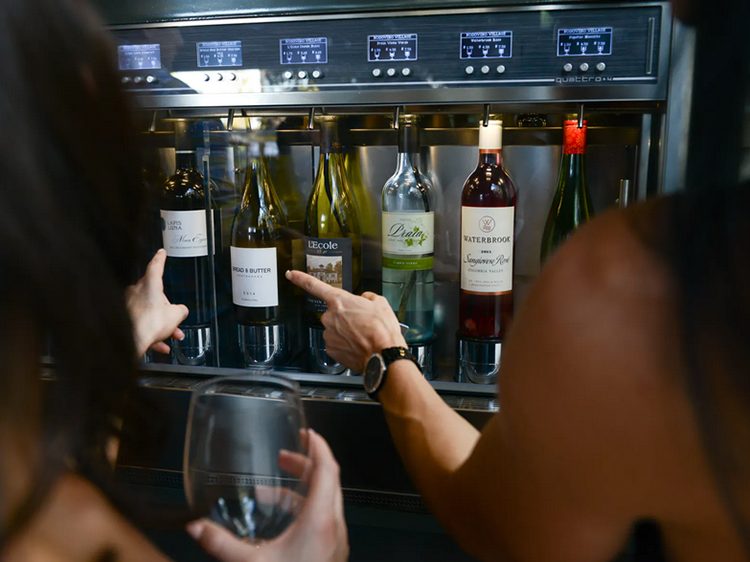
Photo by Wineemotion USA
Maintaining a successful wine program is an ongoing process that should be centered upon the customers, what they want and what they are looking to spend. Spending some time really understanding your customers and showing that you care about their wants and needs will position your business for success.